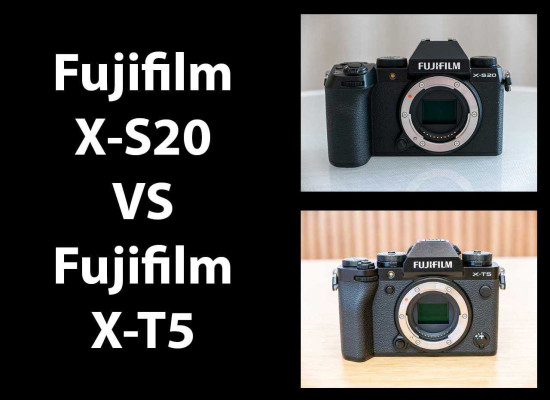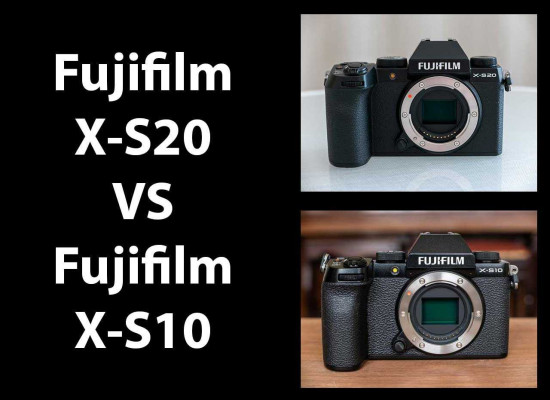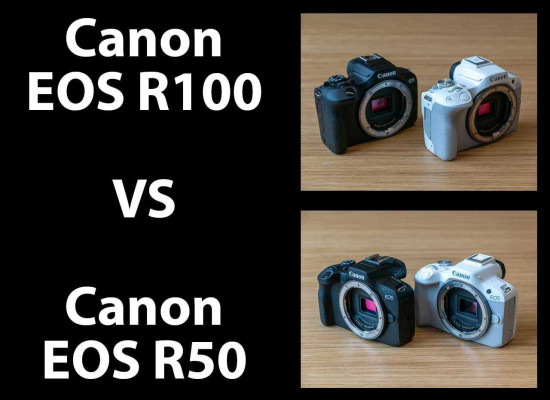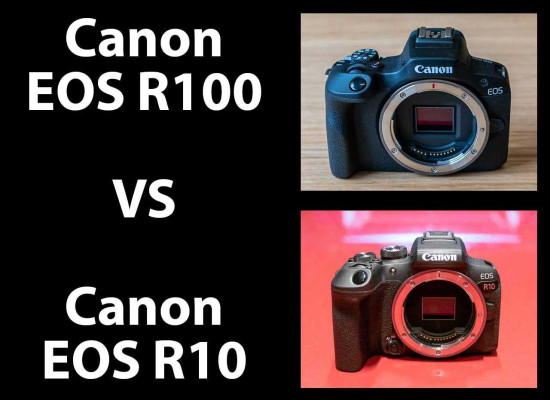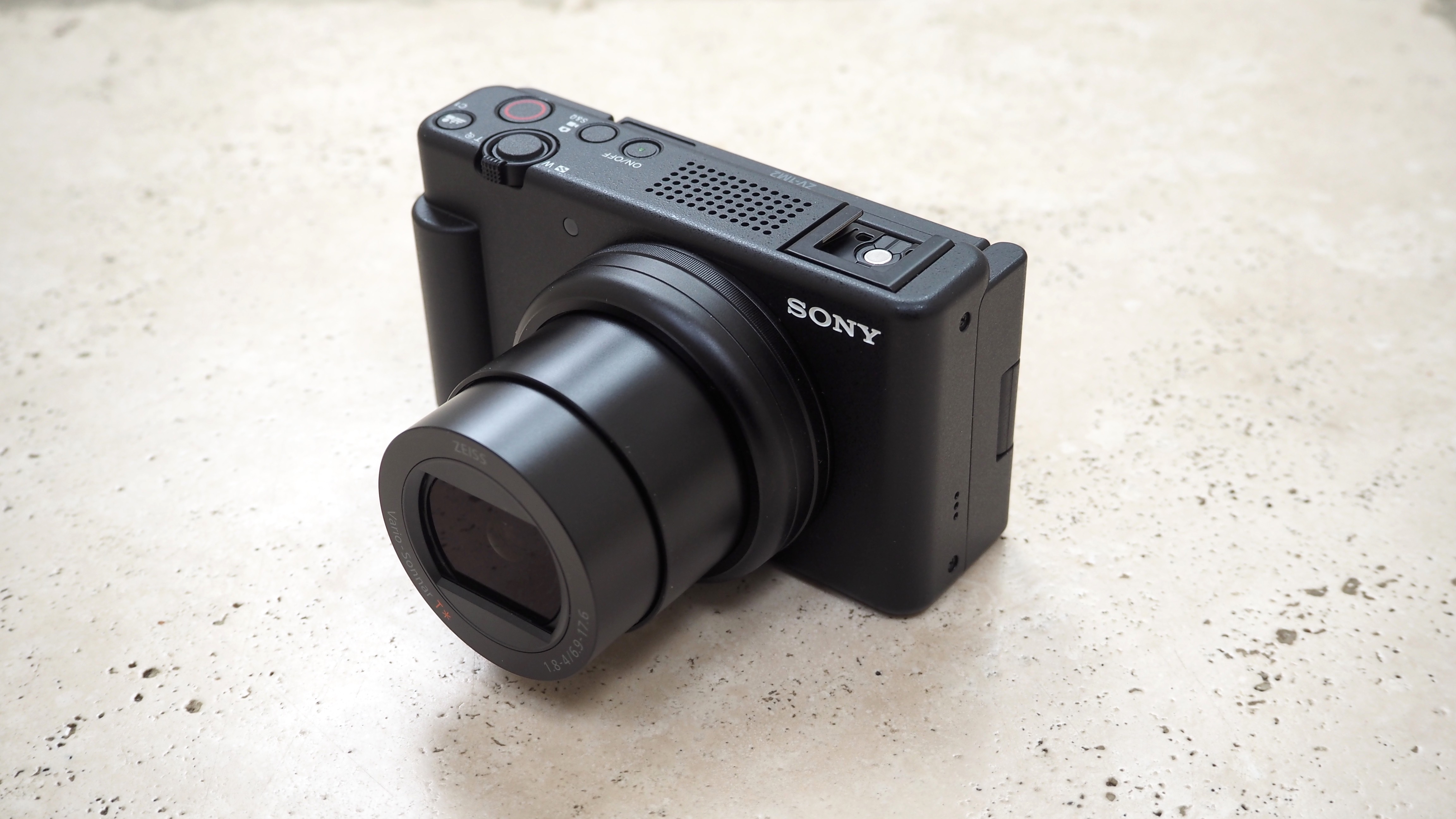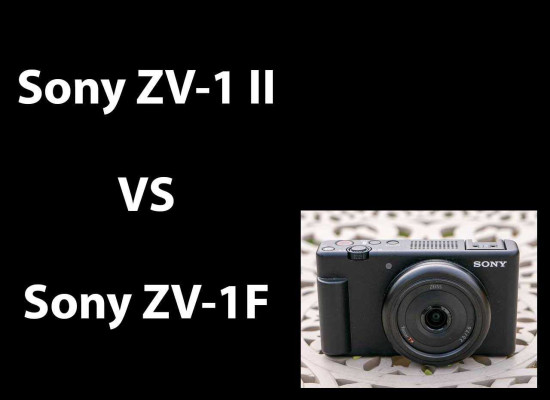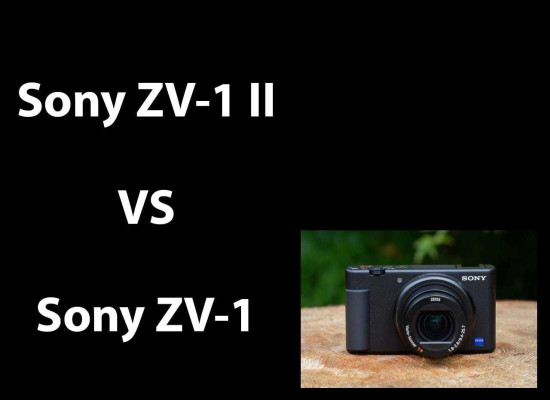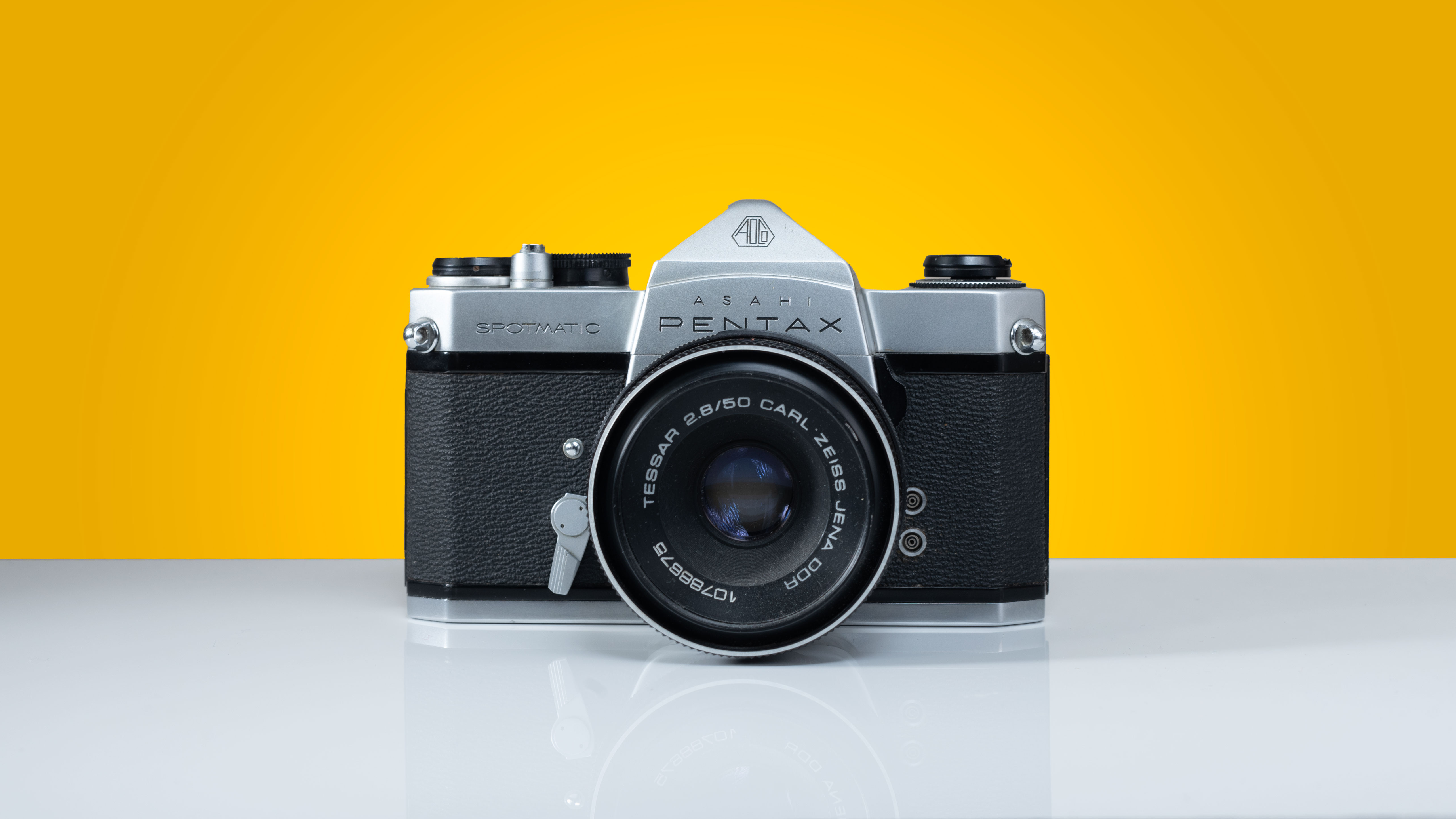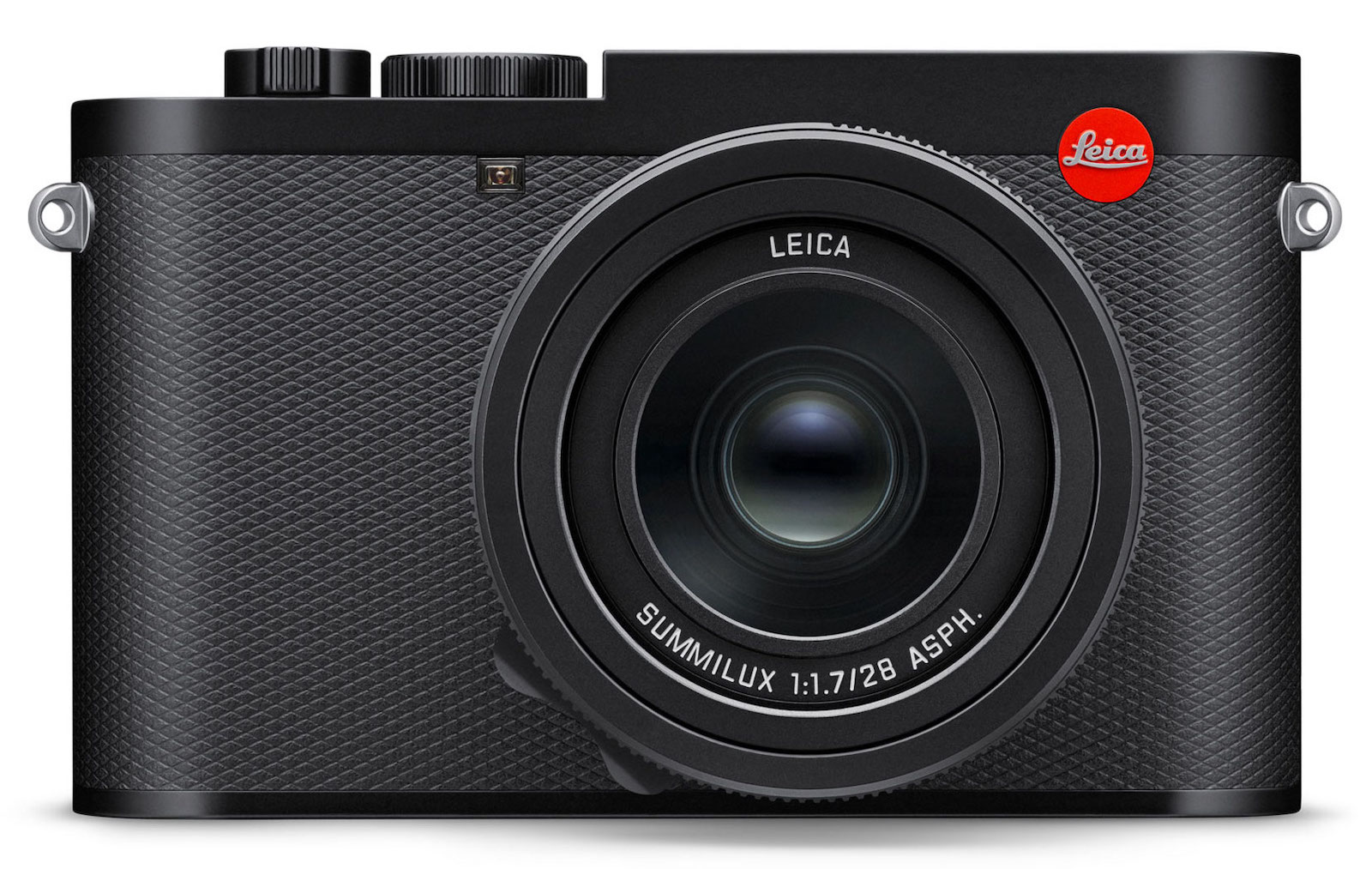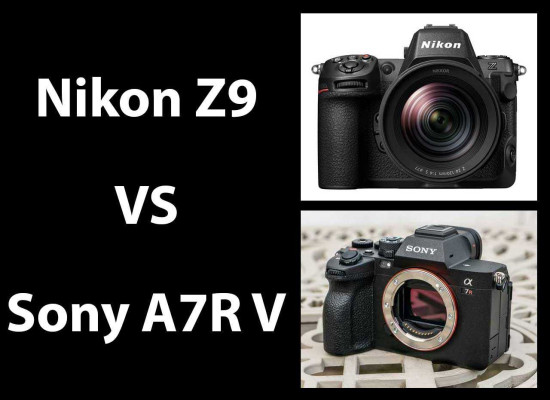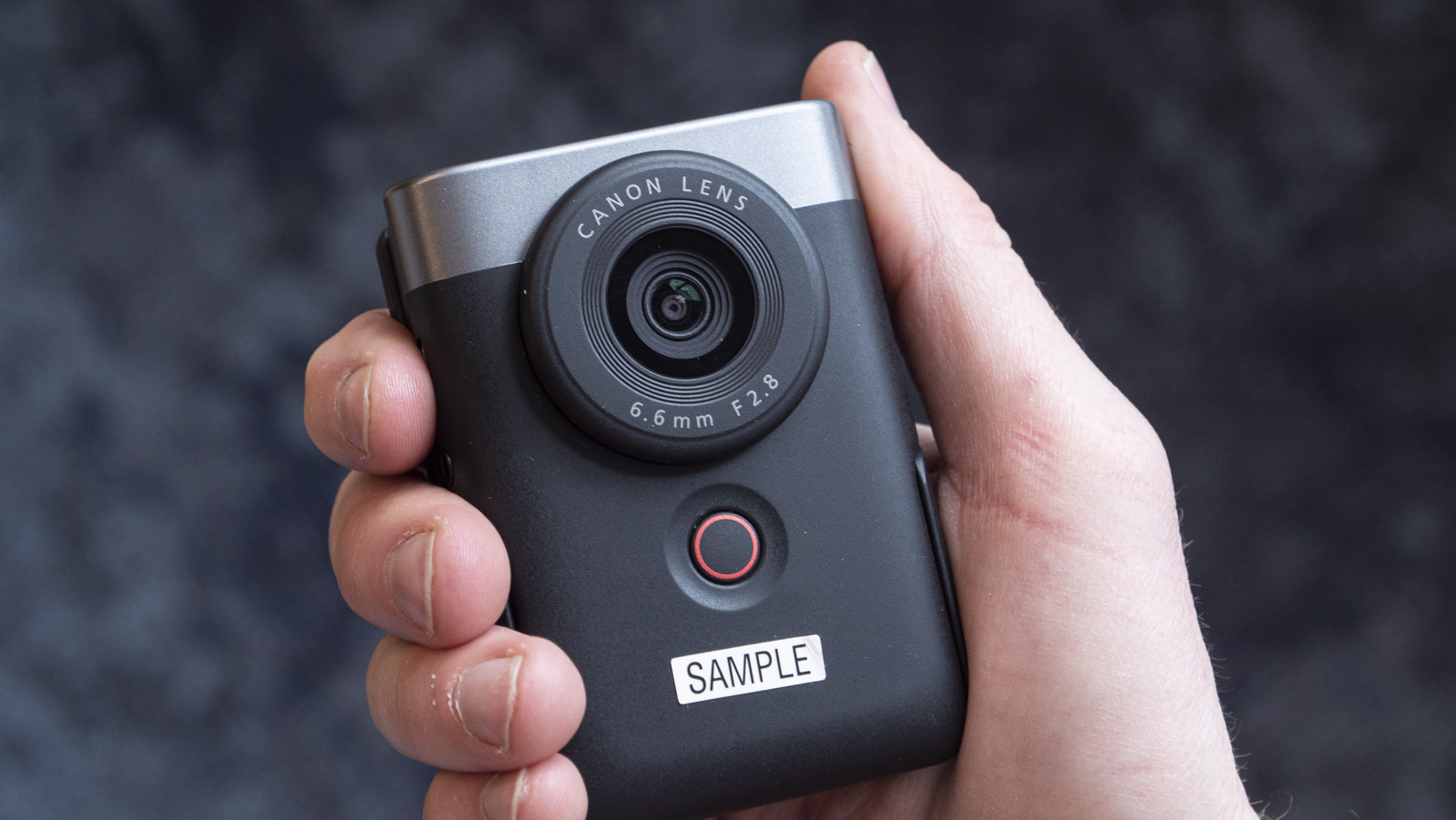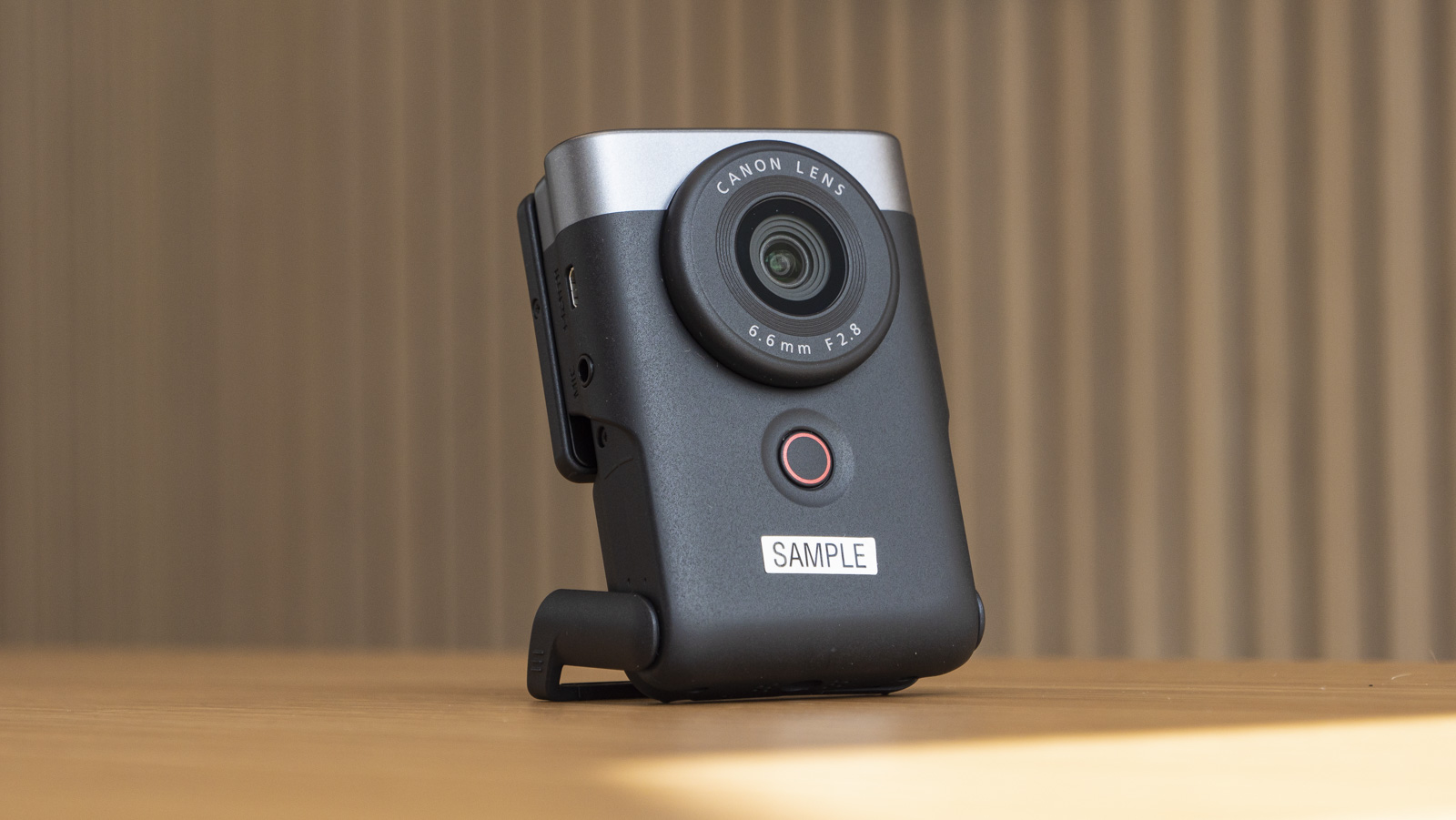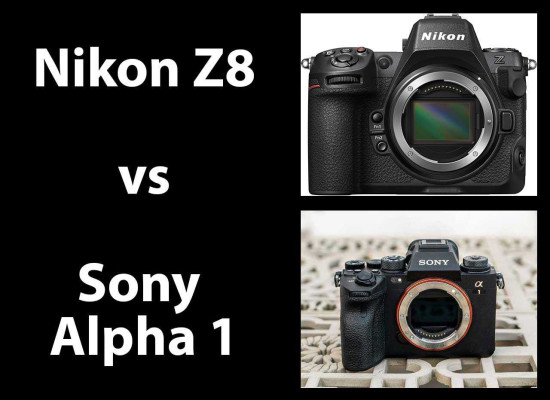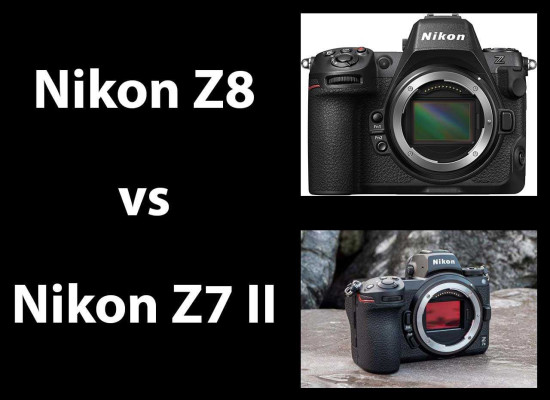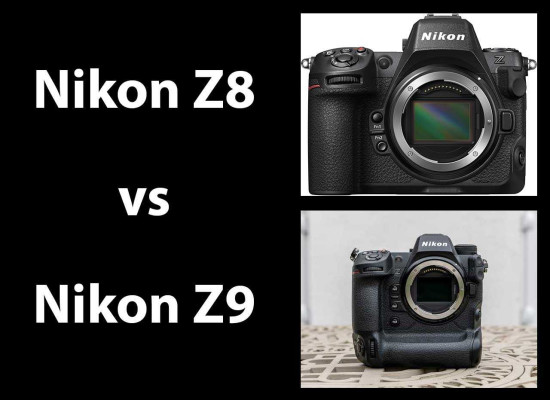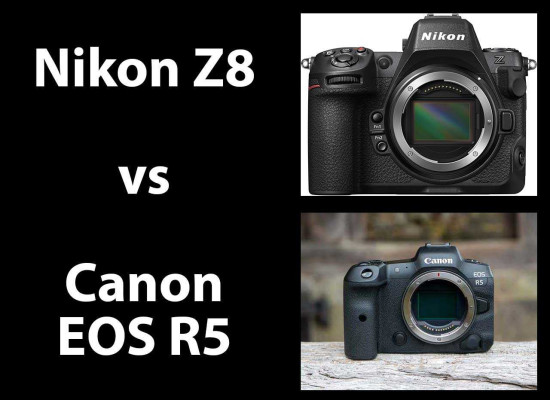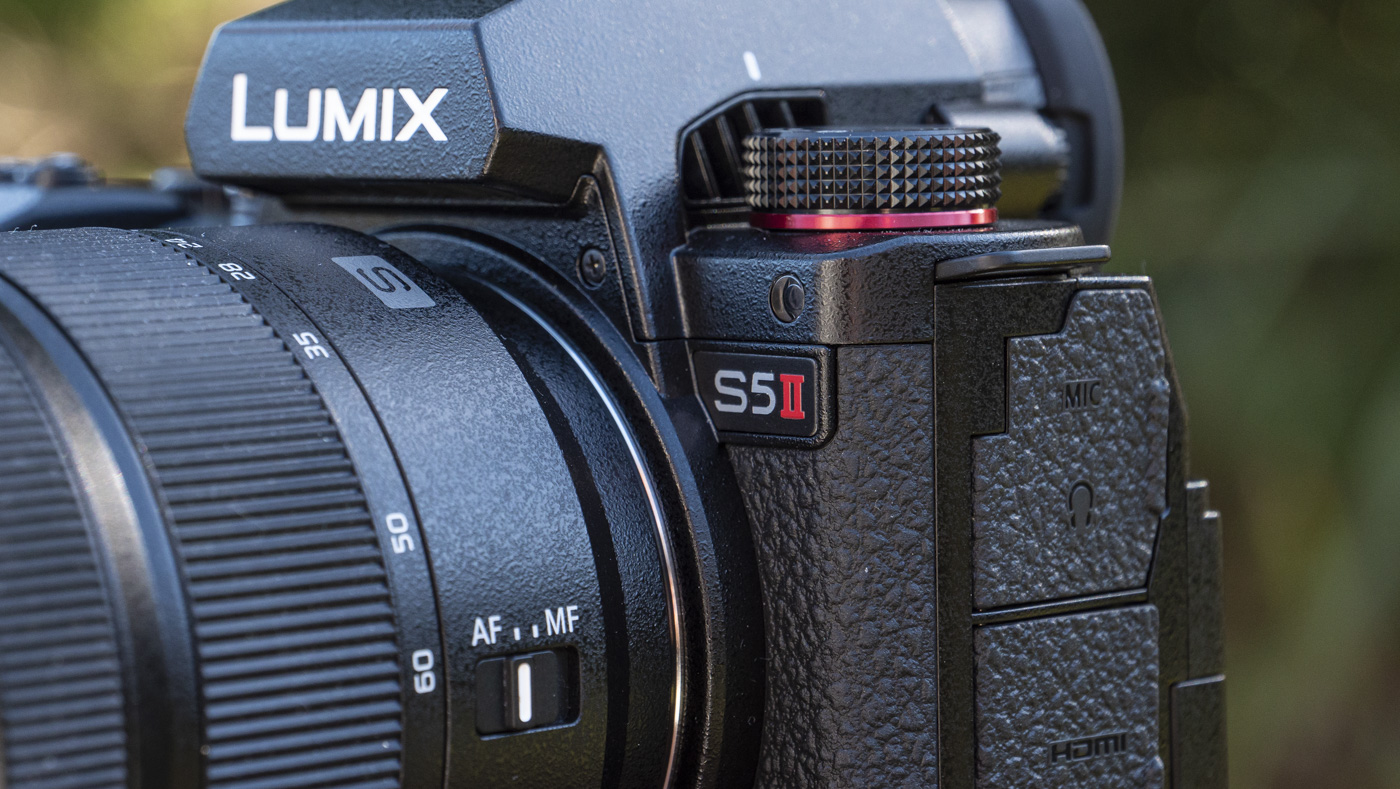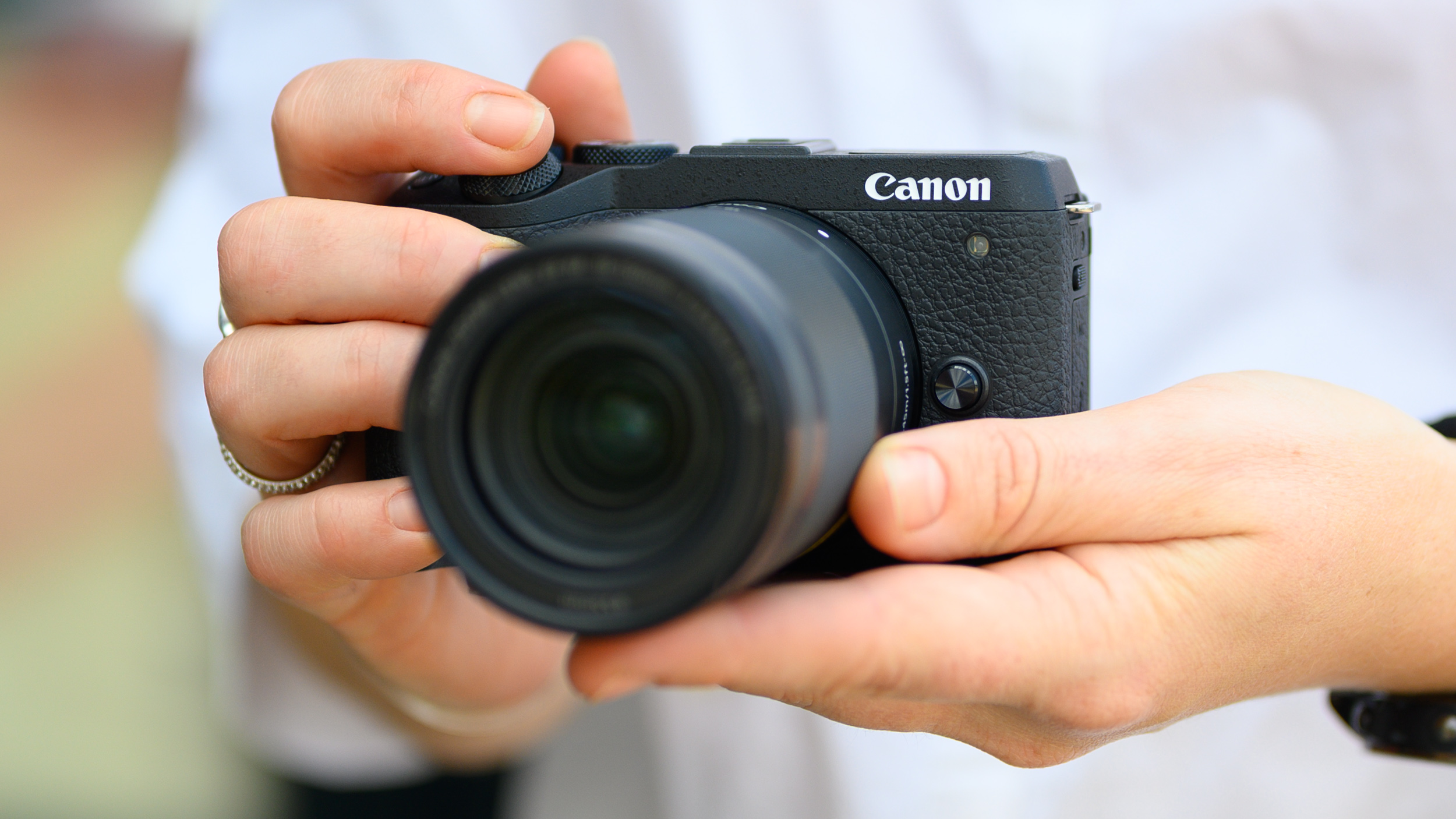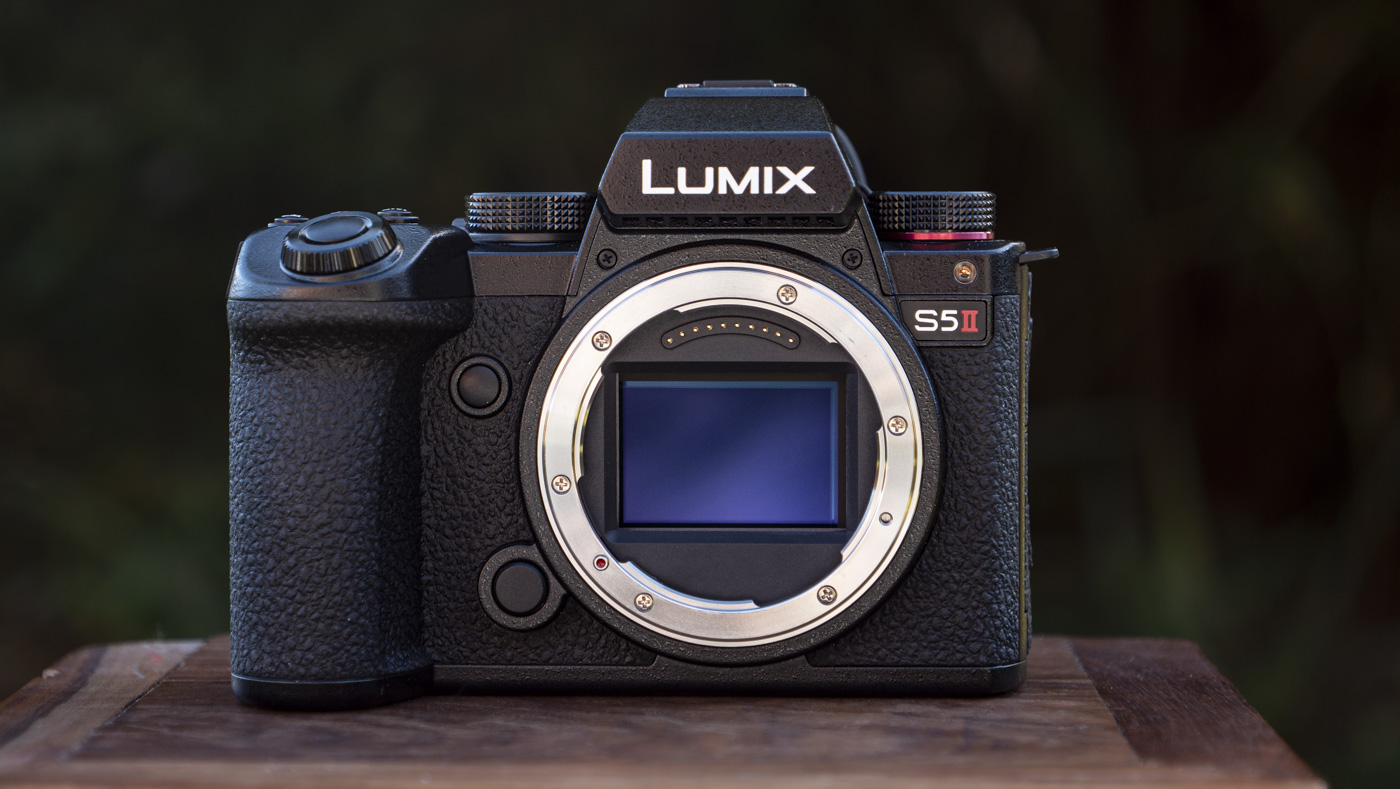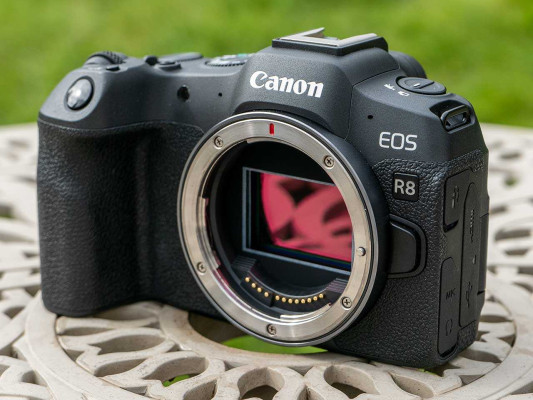Reviews

Leica Q3 initial review
DPReview Latest |
Product photos by Shaminder Dulai
The Leica Q3 is the latest iteration of Leica's rangefinder-style, fixed-prime, weather-sealed full-frame camera. It shares its general outline and the same stabilized 28mm F1.7 lens with macro mode as its forebears, but adopts a new 60MP BSI-CMOS sensor and a tilting rear panel, while other improvements include the autofocus and the ability to shoot 8K/30p video. For Q-series fans, it's an incremental improvement over the Q2, which itself was already a very robust and fun camera to use.
Key specifications:
- 60MP full-frame sensor
- 28mm F1.7 Summilux stabilized lens
- Crops to 35, 50, 70 and 90mm (39, 19, 8 and 6MP)
- 5.76M dot OLED EVF with 0.79x magnification
- 3" tilt touchscreen LCD with 1.8 million dots
- Native ISO range of 50-100,000
- Hybrid autofocus (PDAF + contrast AF with DFD)
- 8K video capture in UHD or DCI ratios up to 30p (H.265)
- Apple ProRes 422HQ support for 1080p video capture up to 60p
- AI-assisted perspective control and dynamic range tools for JPEG mode
- IP52-rated dust and water resistant
- USB-C and micro-HDMI ports
- Wireless charging via optional hand grip add-on
- Wi-Fi and Bluetooth
The Leica Q3 is available for a recommended price of $5995, which is $200 more than the Leica Q2. Leica plans to offer both models side-by-side until Q2 stock is fully depleted.
Jump to:
What's new | How it compares | Body & handling | Initial impressions | Sample gallery I Specifications | Press release
What's new
 |
| The Leica Q3, right, uses the same 28mm F1.7 lens and looks nearly identical from the top and front. |
If you're familiar with the Leica Q2, the Leica Q3 will take little adaptation: the lens, front design and top plate are nearly identical. It's not until you look at the back, sides and bottom that you start to notice something's different.
New sensor
Of course the biggest change is inside: Leica has upped the Q2's resolution with a 60MP BSI CMOS sensor, likely the same chip used in the M11, which performs very well (as does the similar chip in the Sony a7R IV and V). Leica's increased confidence in the new sensor's performance sees it increase the top ISO setting by one stop, to 100,000.
The higher pixel-count sensor emboldens Leica to offer an additional crop mode. The Q3 offers 35, 50, 75 and 90mm equivalent crops (resulting in 39, 19, 8 and 6 megapixel images, respectively), rather than the 35/50/75 options on the previous model.
Like the M11, the Q3 can also offer downsized images from its full sensor; you can shoot it at either the full 60MP, 36MP or 18MP. This downscaling can be applied to the Raws, JPEGs or both.
Phase detection AF
The Q3 gains phase detection, which it uses in addition to Leica's existing autofocus system that attempted to build a depth map of the scene by nudging the focus and checking how the defocused parts of the scene change. If that sounds a lot like the PDAF + Depth-from-Defocus system used by Panasonic's recent Lumix S5 II, then remember that the two companies have recently formed the L² technology-sharing partnership.
Tilting screen
 |
Along the back is another difference: the Q3 becomes the first digital Leica camera to offer a tilting screen. The touchscreen is the same 3" size as the previous fixed version but sees a bump in pixels from 1.04M dot to 1.84M dot. It can fold out and rotate up to face the user from a 90-degree angle when shooting from the hip.
Ports and weather-sealing
 |
Whereas the Q and Q2 had no ports at all, Leica has changed its approach for the Q3. Under a flap along the left side of the camera, it has a USB-C (3.1 Gen 2 10Gbit/s) port and a micro-HDMI port.
The USB-C port supports camera charging with the camera switched on or off. The port can also be used for transfer of files to a computer or an iPhone (more on that in the next section). Tethered shooting with Capture One or Adobe Lightroom is supported, as is connecting to devices such as an external recorder, gimbal or power bank.
The HDMI port supports an external display with or without recording to the SD card (format dependent), as well as capture by external display recorders in a range of codecs from 10-bit 8K H.265 files to Full HD Apple ProRes files.
The camera has the same IP52 rating at the Q2 (limited dust resistance and resistance to water spray less than 15 degrees from vertical), and this extends to the ports as well.
iPhone tethering
 |
As with the M11, Leica has packaged a Lighting-to-USB-C cable with the Q3. Using the cable, the camera can be tethered to an iPhone as one more means of connection to the LeicaFotos app. Android users can only use the Bluetooth and Wi-Fi connections.
The direct cable connection results in faster and more dependable transfer. Leica says with the wired connection, Q3 users can expect up to 10x faster transfers speeds than the 3MB/s the Q2's wireless connection tops out at.
The cable can also be used to download new 'Leica Looks' to the camera, which is what Leica calls their creative filters. Leica says it will periodically expand the library of these with new filters for users to download and apply.
8K video
The Q3 promises to shoot 8K video at up to 30p. A camera with a fixed 28mm lens isn't the obvious choice for shooting video, but Leica has squeezed all it can out of the 60MP sensor. This is slightly more than Sony managed with the a7R V (which can only manage 8K/24p), but the rolling shutter of around 33ms (UHD) is as bad as you can get, while still delivering 30p footage.
The Q3 offers both the DCI (1.89:1) or UHD (16:9) styles of 8K, and can capture 10-bit footage with the option of L-Log or HLG profiles.
Live perspective correction
The Q3 comes with a function that was added to the M11 in recent firmware. The Perspective Control system analyses the scene and looks for converging or diverging verticals; it then draws a rectangle on the screen and adjusts the frame to represent a flat, perspective-corrected plane.
When you hit the shutter the camera outputs a JPEG that has this perspective correction baked into it. The correction parameters are also written into the camera's DNG files, so they are automatically applied in Adobe Camera Raw or Lightroom (though you can also turn the effect off or adjust it there).
Optional wireless charging grip
 |
New to the Q series is wireless charging via an optional hand grip. With the hand grip attached, the camera can be placed on any inductive charging mat. Or, users can opt for Leica's own charging mat to pair with the grip. Leica says using their mat with the grip will fully charge the Q3's battery in 190 minutes. We weren't given details of the accessory's cost.
How it compares
Given the continued absence of a Sony RX1R III, it's hard to compare the Leica Q3 against anything in the marketplace but the Q2. And given its MSRP, it doesn't feel like comparing apples to apples when no other fixed-lens camera comes remotely close.
We've opted to bring in a couple of significantly less expensive APS-C: models: the Ricoh GR III, which may be much cheaper but also has a 28mm equiv. lens, and the current darling of TikTok, the Fujifilm X100V, which is also much less costly but remains a popular choice in the category and is built around a 35mm equiv. lens, rather than a 28mm.
| Leica Q3 | Leica Q2 | Fujifilm X100V | Ricoh GR III | |
|---|---|---|---|---|
| MSRP (body) | $5995 | $5795 | $1399 | $899 |
| Sensor | 60 MP full frame | 47MP full frame |
26MP APS-C (X-Trans) |
24MP APS-C (Bayer) |
| ISO range (native) | 50-100,000 | 50-50,000 | 100-25600 | 100-102400 |
| Viewfinder type | 5.76M dot OLED electronic | 3.68M dot OLED electronic | 3.69M-dot OLED electronic / optical | Optical (optional) |
| LCD | 3" tilting | 3" fixed | 3" tilting | 3" fixed |
| Touch-screen | Yes | Yes | Yes | Yes |
| Included flash | No | No | Built-in | No |
| Weather-sealing | Yes | Yes | Yes* | No |
| Max. burst | 15 fps | 10 fps | 20 fps (elec. shutter) | 4 fps |
| Max. shutter, mech | electronic | 1⁄2000 | 1⁄16000 | 1⁄2000 | 1⁄40000 | 1/4000 | 1/32000 | 1/4000 |
| Video | 8K/30p, 4K/60p, 1080/120p | 4K/30p | 4K/30p, 1080/120p | 1080/60p |
| Battery life (CIPA) | 350 shots | 350 shots | 420 shots | 200 shots |
| Weight | 743 g | 718 g | 478 g | 257 g |
The Leica Q3 stands up to the test against probably its most important competitor in potential buyers' eyes: the Q2. When considering cameras north of $5000, it's hard to recommend saving $200 with a Q2 when the Q3 adds access to a tilting screen, phase detect autofocus and a 60MP sensor that squeezes even more out of the already sharp 28mm lens.
In the end, though, it's not really about specs when users consider specialty cameras like these. There is a joy that comes from using the Q3, with its minimalist design, smooth lens and tactile manual controls. It comes down to users deciding if that joy is worth the price of admission.
Body and handling
 |
| Photo by Brendan Nystedt |
In most ways the camera's body is largely the same as its predecessor. Along the Q3's top plate a shutter speed dial, thumb dial, power toggle switch, shutter release and single custom function button all occupy the same space they did on the Q2. A small cosmetic change of the shutter button being silver instead of black and the Q3 stamp on the hotshoe are the only clues here to the new model. From the front as well, since the Q2 and Q3 share the same lens and similar slightly raised leather covering, they are doppelgängers.
The back of the camera is where we see the biggest changes to the body.
Rear controls and tilting screen
 |
| Q2, left, with Q3. |
In addition to the new tilting touch panel, the buttons for 'Menu' and 'Play' and a custom function button have been moved, now appearing on the right to join the four-way controller. Having used both cameras, within a few hours of shooting the new one I found the layout to be a marked improvement that let me reach all the buttons with just my right thumb while the left hand stayed on the lens ready for the next shot. It's a much faster and less cumbersome arrangement that let me get in and out of menus quicker.
One potential stumble: there is a very slight delay when pressing the Menu button or the Play button before the screen displays anything. It's long enough to notice and at times I did find myself questioning if I really wanted to see the last shot I just took or if it was better to just carry on and look later when I download my files.
Custom buttons
 |
The Q3 also converts the rear button to the left of the thumb rest into a fully customizable function button, and adds a second one next to it. This increases the Q's custom button count from 2 to 4.
The Q2's top rear button was limited to crop modes, exposure lock or focus lock. With the Q3 this button behaves like the others: you can configure it to access just about any setting, or long-press it to bring up a scrolling menu and reassign it to something else.
Going into the Q3 I diligently poked around in them to test how they work, then thought I would set them and forget them. Instead, I ended up returning to them over the course of my time with the Q3, either to try out more features or just for fun. Leica has made the custom buttons easy to set and use on the fly, and there's a joy to experimenting with them. Options include focus peaking, focus modes, video modes, creative filters and more. It's similar to how the Q2 functioned but with a few more options in the menu to choose from.
Lens design
 |
The Q3 uses the same optically-stabilized 28mm F1.7 lens as the earlier models. Leica says the lens' optics outperform the 60MP sensor's capabilities and there was no reason to redesign or update it.
The lens feels sturdy and well machined, and images felt very sharp. Switching the lens between manual and automatic modes is quick thanks to most of the setting changes living on the lens barrel rather than in a switch, body button or menu.
The aperture can be set with the lens ring, which also has a setting for automatic. With machined grooves and stamped f-stops there's a tactile clue as to where your fingers are resting and the ring gives a pleasant and smooth click as it is rotated.
A small (almost tiny) button on the manual focus tab is how you disengage AF mode to allow the ring to rotate for manual focusing. It's a quick process, but it takes a little practice to get a feel for where the button is so it can be pressed without turning the body around to visually locate it.
Macro mode can be activated by rotating a clutch near the base; it restricts the lens to a focus distance of between 30cm to 17cm. The distance scale also swaps out to a new shorter scale to aid in focusing. When the macro clutch is not fully in the 28mm or Macro position, the camera warns you that the lens is not engaged and won't let you take any pictures.
Viewfinder
 |
The Q3's 5.76M dot (1600 x 1200px) OLED EVF is a noteworthy increase from the Q2's 3.68M dot OLED panel. Like the Q2 there is no significant delay in the screen activating when the EVF eye sensor is activated, even when quickly switching back and forth between the rear screen and the EVF. The eye sensor can also be adjusted.
The Q3 retains the diopter from the Q2. A push button design pops a dial out to adjust the EVF focus, and another push pops it back in. Having it lie flush and 'disappear' is a nice touch that helps avoid accidental nudges while also looking darn nice. In a camera nearing $6000 that also touts that it is hand made, details matter.
Battery
 |
The Q3 uses a 15.8Wh Leica BP-SCL6 lithium-ion rechargeable battery. Recharging can be done either externally, via the Q3's USB-C port or with an optional wireless charging accessory.
The new battery comes with a CIPA rating of 350 shots, which is the same CIPA rating received by the Q2's Leica BC-SCL4 battery. However, it's not uncommon to exceed CIPA ratings two-fold, depending on how you use the camera. 350 is a reasonable figure and should comfortably give a day's worth of involved shooting or a weekend of less frequent photography.
Initial impressions
Shaminder Dulai
When I first got my hands on the Q3, some of my colleagues joked that I was going to start peacocking about town, turning heads, shining the Leica's red logo like a beacon to draw extra attention (pshaw, if it came to that, that's what gaffer tape is for).
Thankfully that was not the case. Not one person acknowledged the Leica badge on the camera while I trekked across Seattle over the course of a few days. So, if you're a person who looks at Leicas like a tech bro having a mid-life crisis at a Corvette dealership, perhaps rethink why you want a nearly $6000 camera?
To me, getting attention isn't really the point of a Leica. These are the cameras used by the icons of photojournalism, Robert Capa, Diane Arbus, W. Eugene Smith, Henri Cartier-Bresson and others. All people who tried to disappear into the wallpaper and observe the world in pursuit of a truth. To have a camera that screams 'look at me' isn't really in keeping with this spirt.
 |
|
Leica Q3 | 28mm | ISO 100 | 1/2000 sec | F2.5 Straight from camera JPEG Photo by Shaminder Dulai |
Full disclosure: I must admit, I haven't used a digital Leica since the M9 and I didn't love it at the time. That camera was slow, images just felt 'meh,' and it wasn't something I felt I wanted to use. After that for the longest time I feared that maybe Leica had lost its way and become more of a status symbol than a camera company.
After a few days with the Q3, I have to say I was pleasantly wrong. I started off resisting the Q3's charms but in the end it won me over, simply because this camera is fun to use. It can be as complicated or as simple as you want, but most of all, it can be fun.
The film-body-inspired design choice to limit dials and buttons on the body to only a few agreed with me. Some users may find the lack of buttons limiting, but I rather enjoyed the simplicity, so much so that if I wasn't trying to run the camera through its paces and explore its menus for this initial review, I think I could have used the Q3 without entering the menu for days at a time. Perhaps the appeal of using a Leica Q3 is that it almost hides the tech to put the tactile parts of image making front and center. You can go deep into menus and custom functions, or step back and use the core adjustments of aperture, shutter speed and focus, all in manual mode (with ISO assigned to a custom function button) if you choose.
 |
|
Leica Q3 | 28mm | ISO 100 | 1/1000 sec | F4 Straight from camera JPEG Photo by Shaminder Dulai |
The new tilting touchscreen is quick and responsive in live view and was something I used a lot more than I expected I would. I don't always have the best luck with touchscreens, often finding them to be too slow for my tastes or the touch points too small. On the Q3, with larger menu icons and the ability to remove visual clutter for a minimal interface, I found it to be quite useful, and I started to use it for touch focus while shooting from the hip. Similar to the experience of tech melting away on the lens, the tilt screen and responsive touchscreen allowed me to revisit what it felt like to shoot with a TLR film camera.
There are a few small small gripes I do have, however. A boot-up time of about 3 seconds can feel like an eternity when you come across the perfect photographic moment. It's a fair thing to point out on a camera built on the legacy of street photography, documentary journalism and the ethic of always being ready.
I also noticed that in bright sunshine the AF seemed to hunt, or the camera would back-focus, and in those moments the AF wasn't especially quick. Things did fare a little better when Intelligent-AF (iAF) was activated; in this mode the camera locks onto a stationary subject and then starts to track it as it or the camera moves.
I also must point out that I found the thumb rest too shallow and it didn't inspire confidence that I'd be able to shoot with just one hand. It's true that Leica has been offering up a solution to this for years with an optional thumb rest accessory that runs about $225, but c'mon Leica, for a nearly $6000 camera that thumb rest should be included in the box.
In the end, I keep coming back to the 'joy' I found in the Q3 vs. the price tag. There's an enjoyable, and now more capable, camera here, but how much that joy is worth is the tough question we have before us.
Sample gallery
Please do not reproduce any of these images on a website or any newsletter/magazine without prior permission (see our copyright page). We make the originals available for private users to download to their own machines for personal examination or printing (in conjunction with this review); we do so in good faith, so please don't abuse it.







